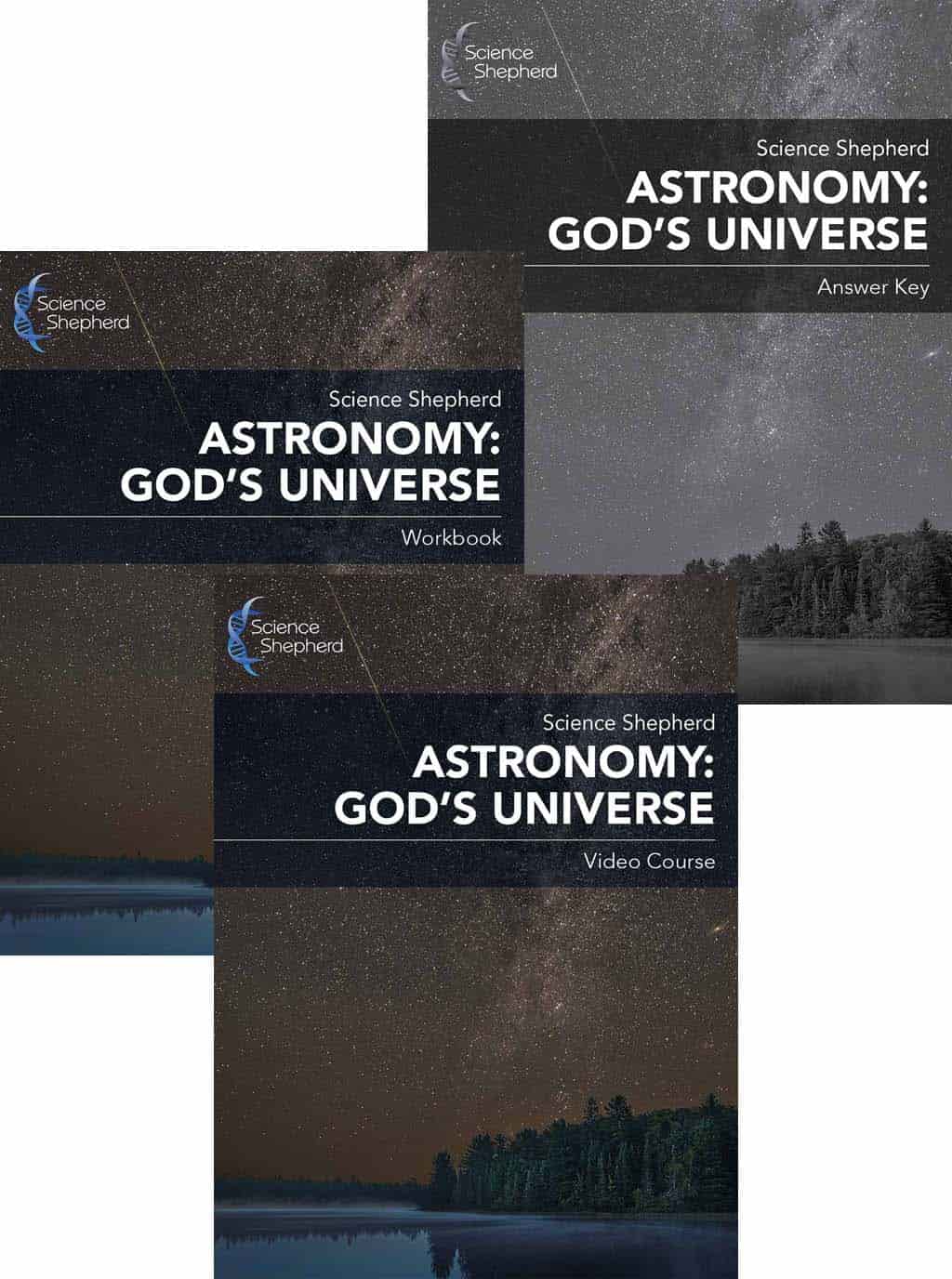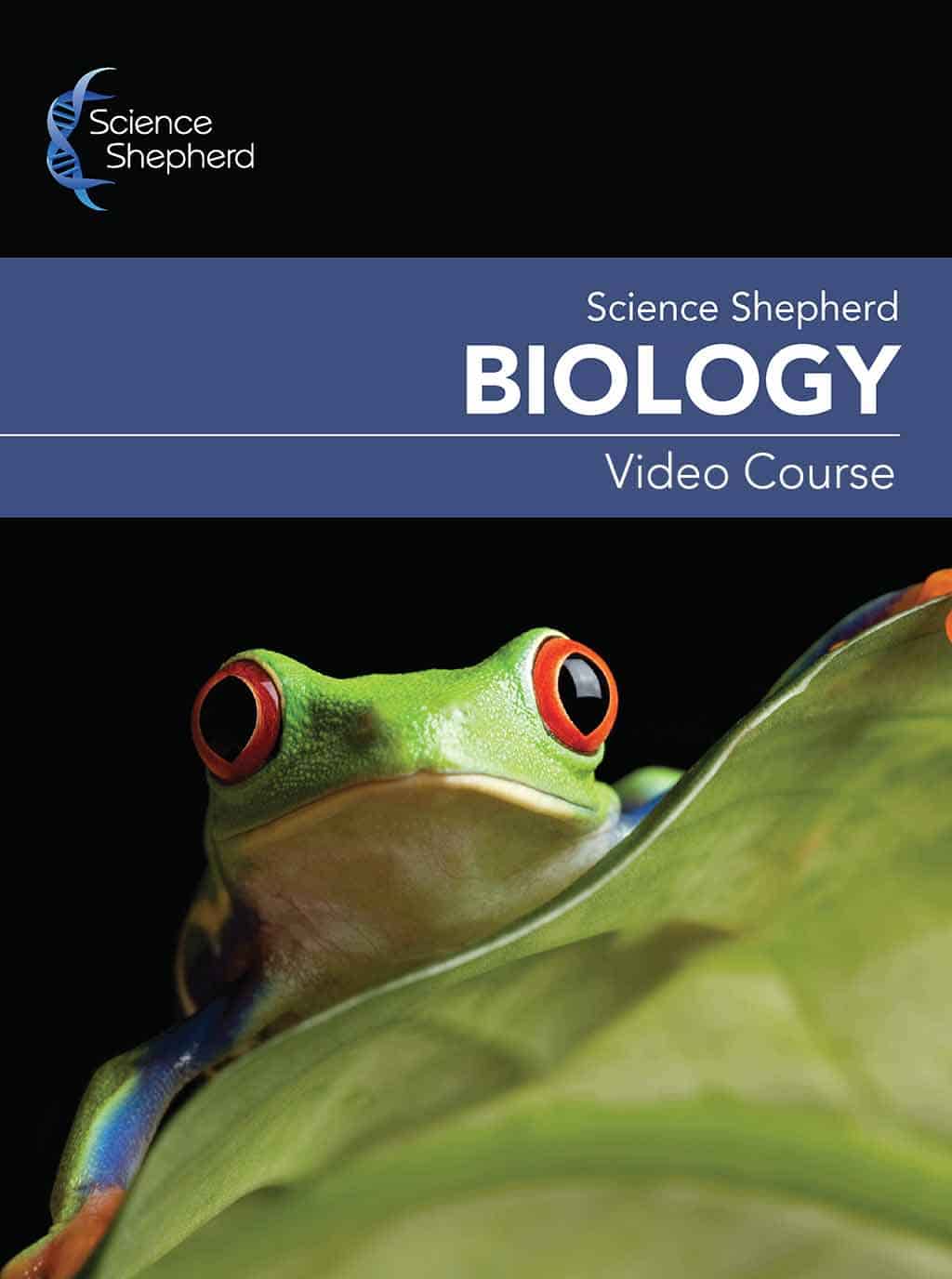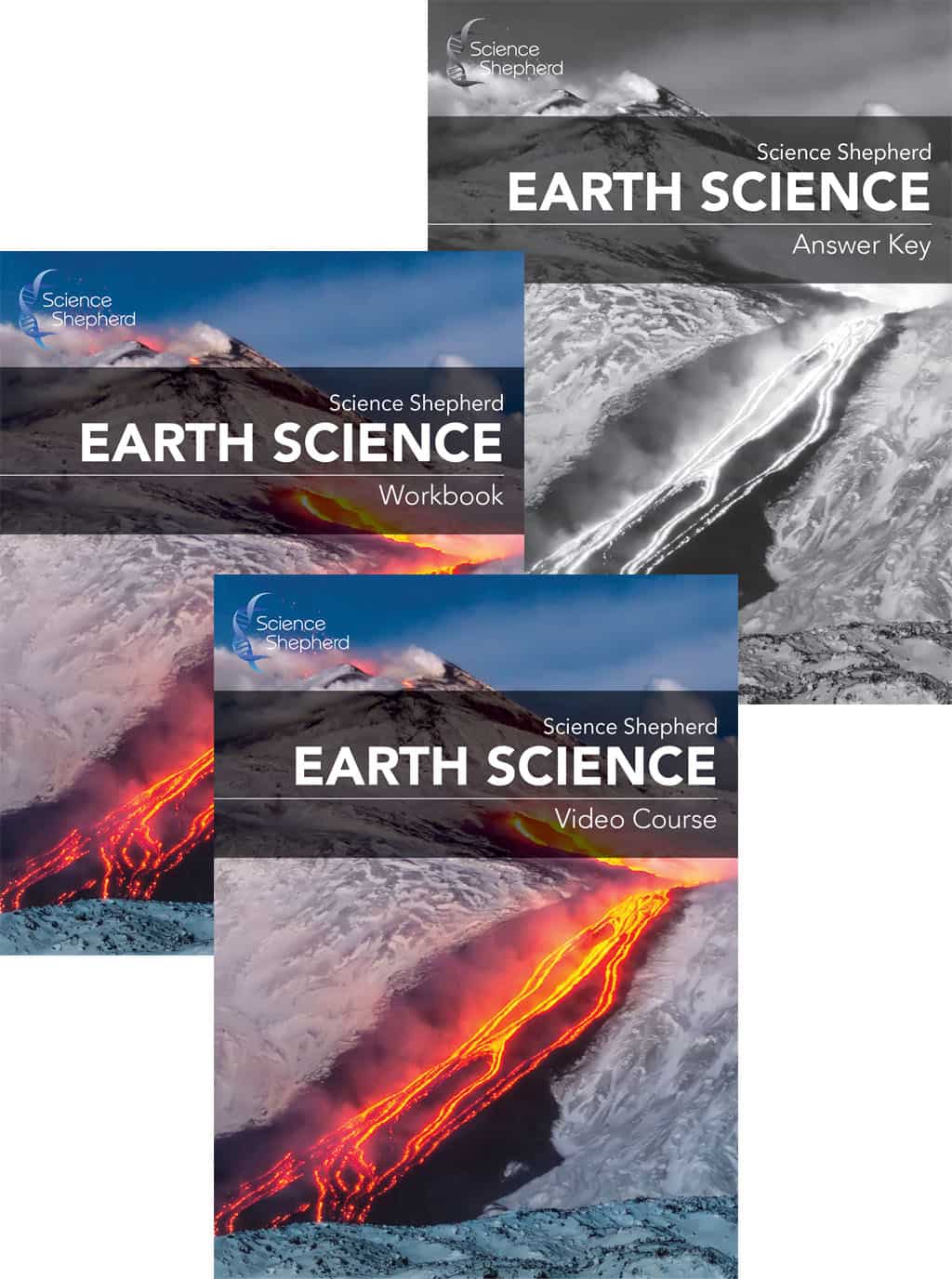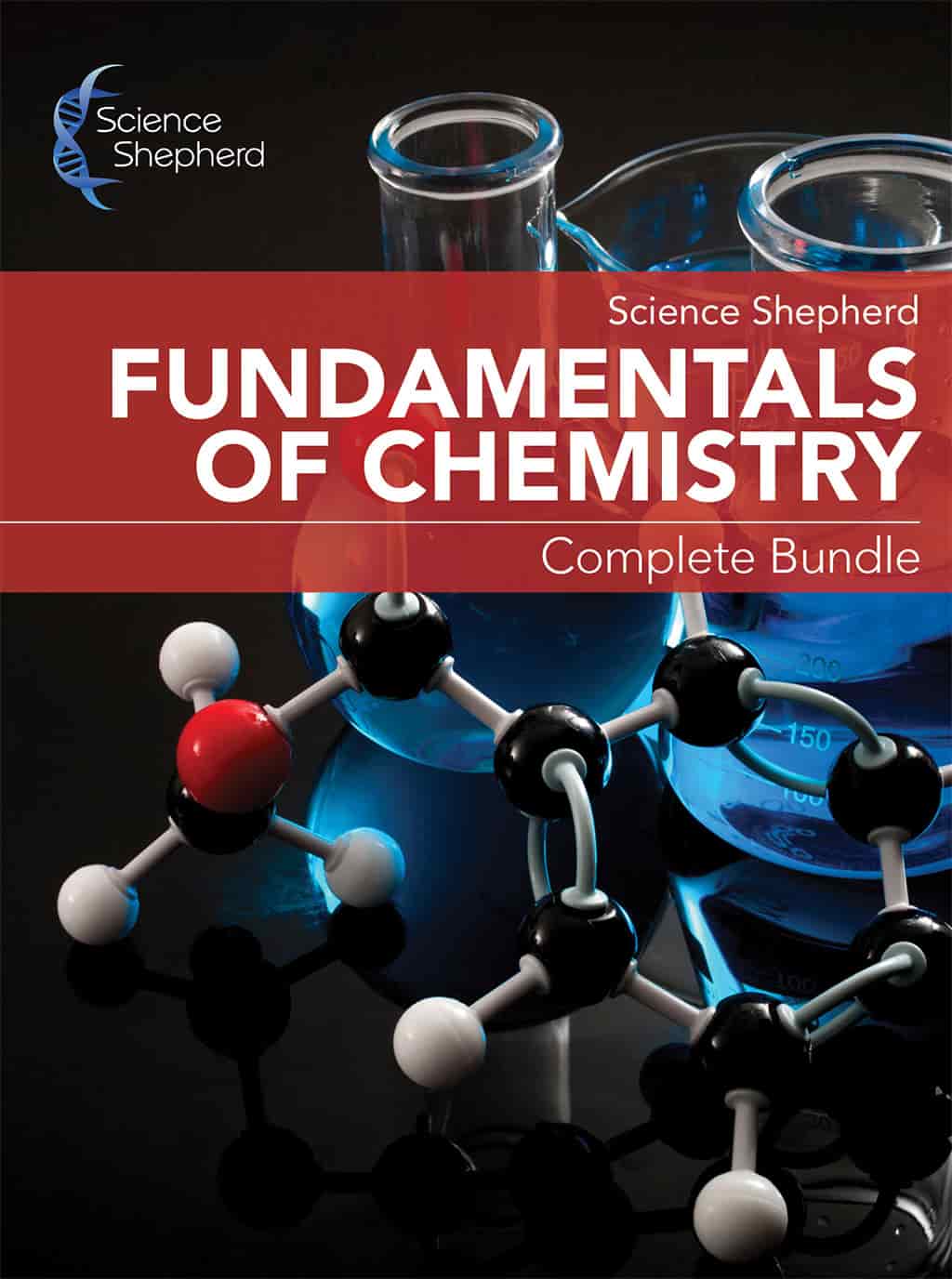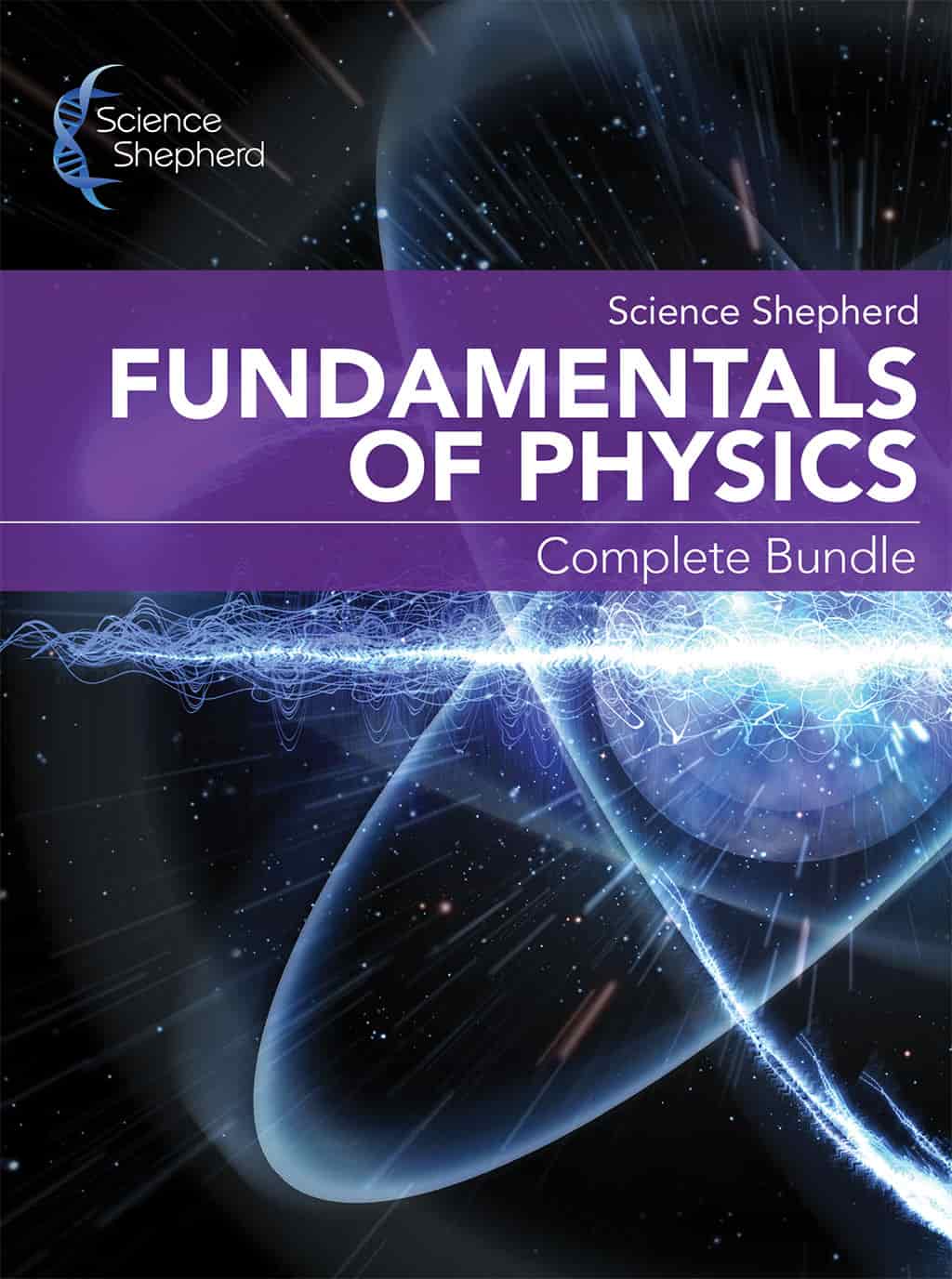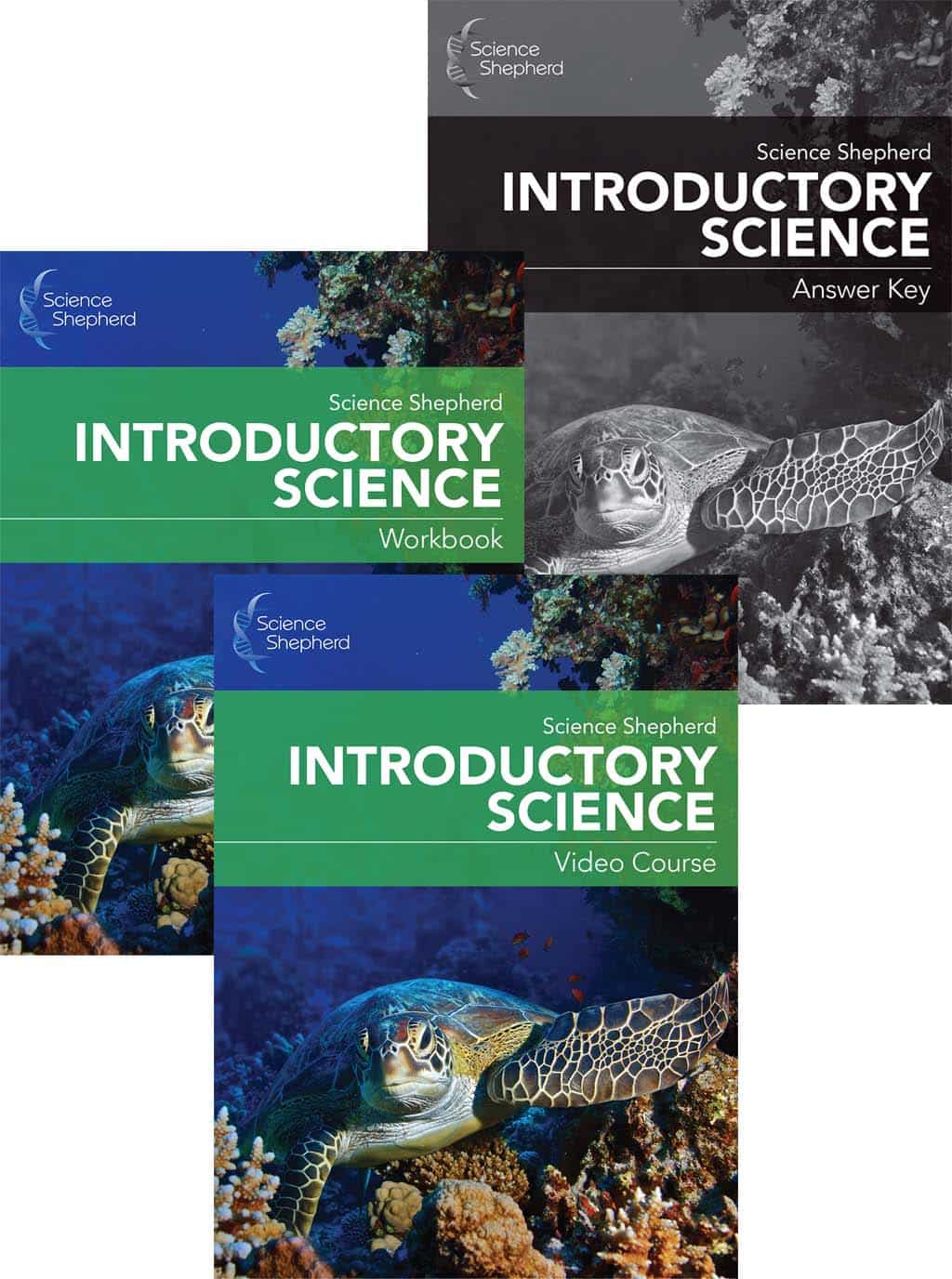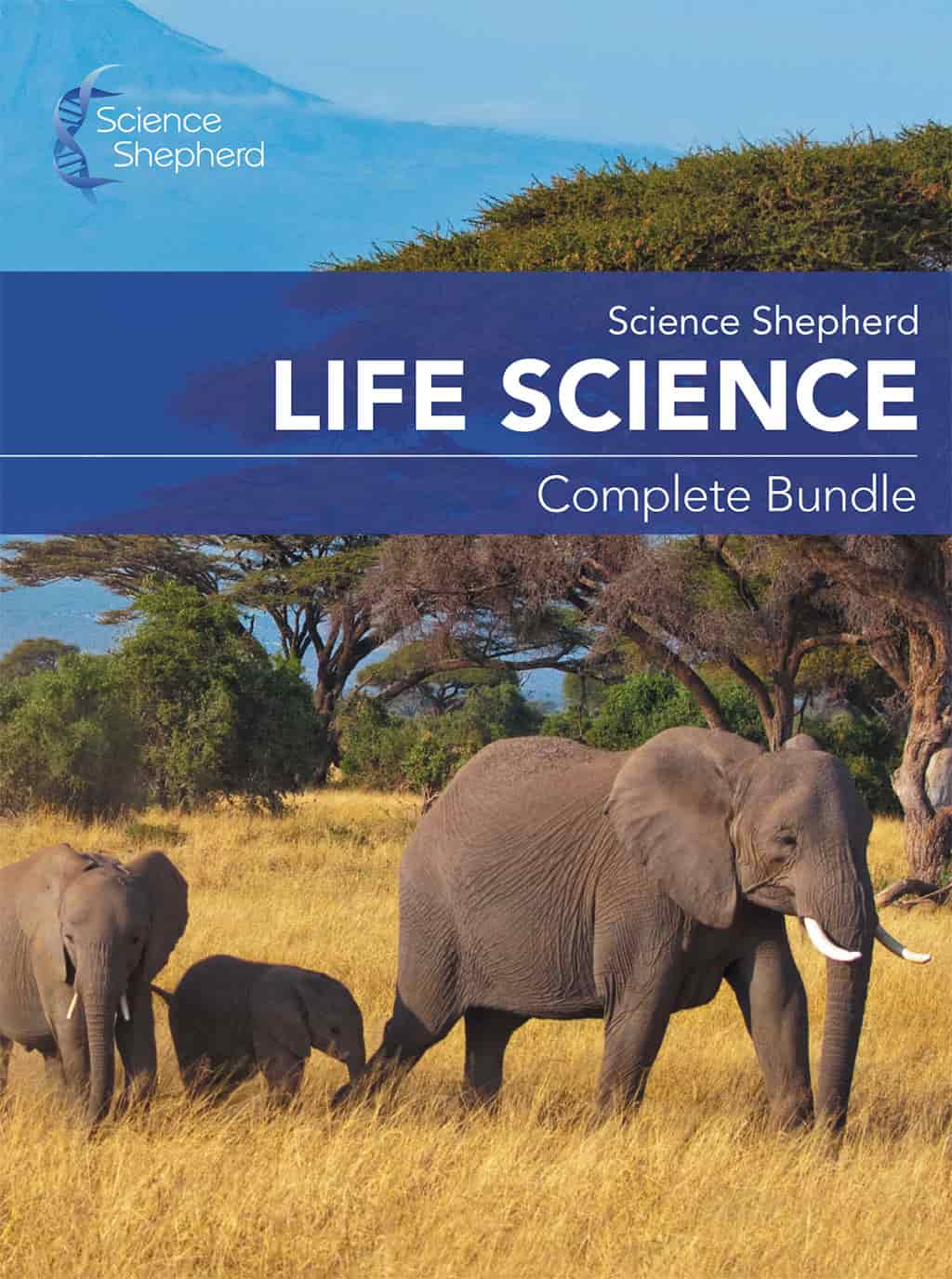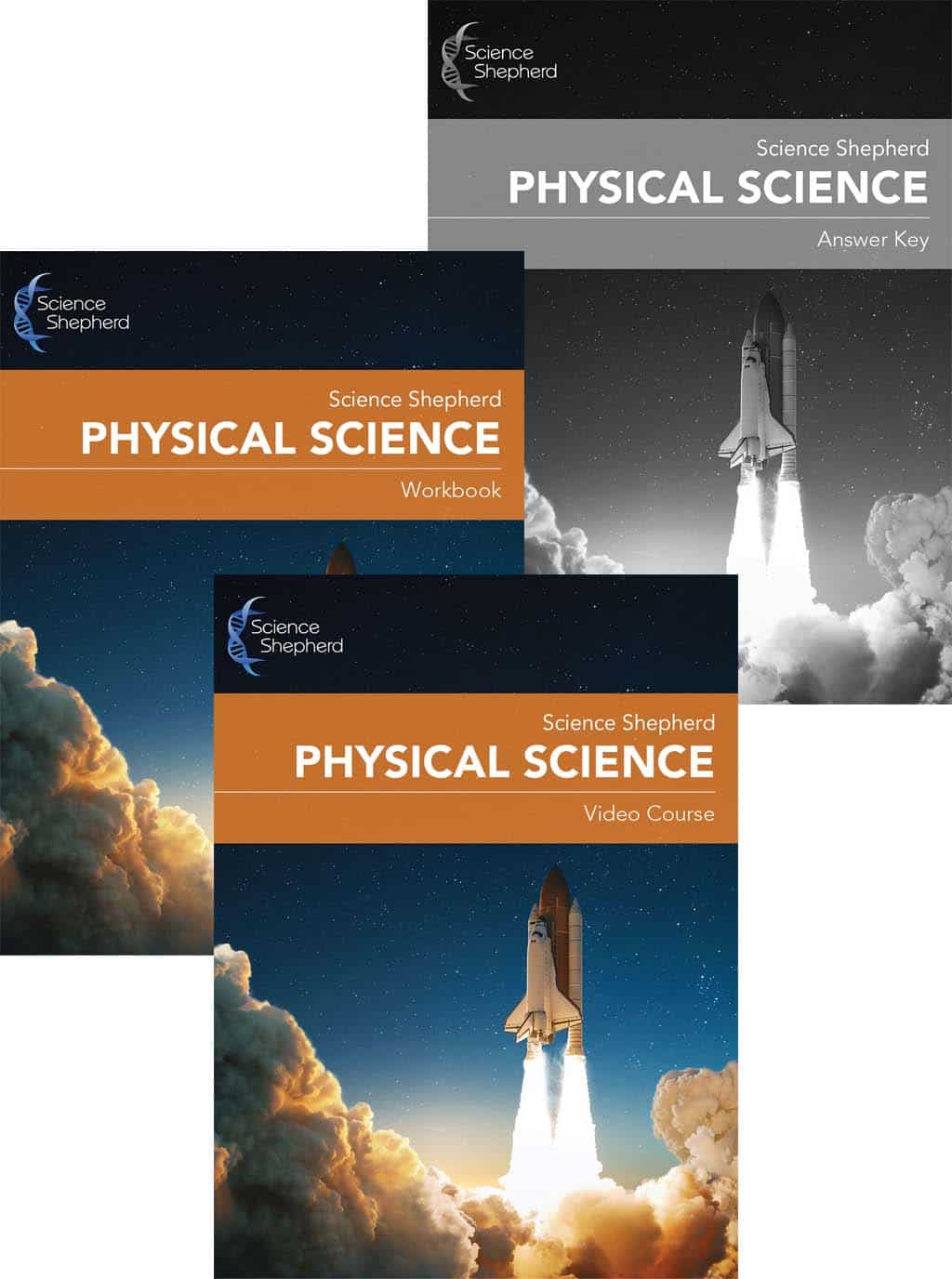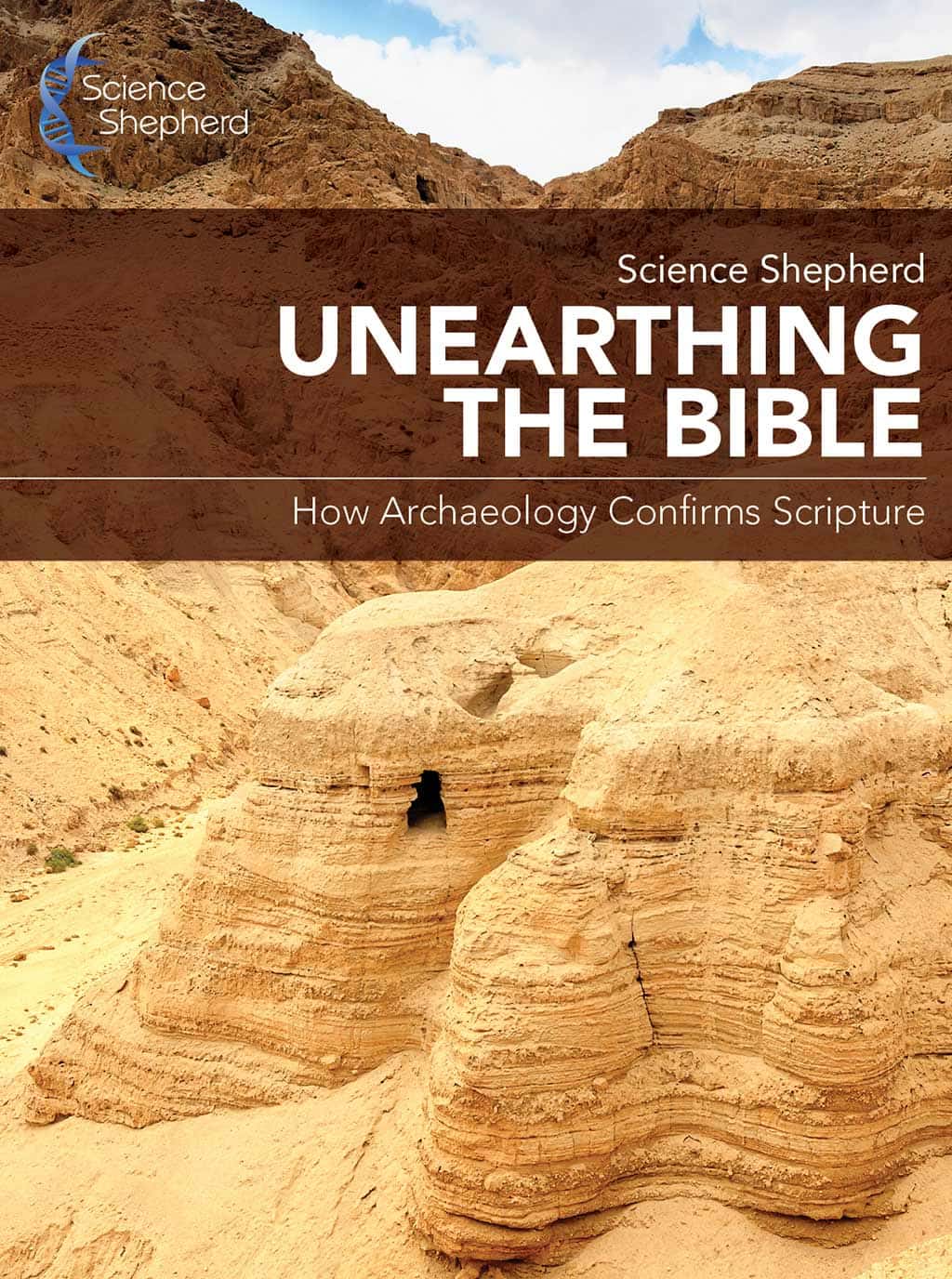Glimpses of Love: Pierre & Marie Curie
by Bill Hardin February 14, 2023 3 min read

Glimpses of Love from the Life of Maria Sklodowska (Marie Curie): A Valentine’s Day Post
Here at Science Shepherd, we’re all about science, even on Valentine’s Day. While we don’t claim that Marie Curie was a fabulous example of Christian love, we do think her story is worth remembering and that we can learn from her example in a few ways.
What would you do if you weren’t allowed to go to college or learn subjects like chemistry or physics from your own people? If you were Maria Sklodowska, you would study at a “floating university”, a secret school of sorts that “floated” from place to place for safety. Maria lived in Russian-occupied Poland and was not allowed to attend the University of Warsaw because she was a woman or learn “laboratory science” from her own Polish people because “Russian authorities had forbidden Poles to teach laboratory science.”i However, Maria was determined to learn and to help her beloved Poland, so she took the risk and attended the floating university.
Yes, Maria loved her country and learning, and she loved her sister. Maria worked as a governess for years so that her sister Bronya could attend the Sorbonne University in Paris.
Finally, it was Maria’s turn to go to Paris to study. With her move to Paris, Maria changed her name to Marie.ii It was in France that Marie met Pierre Curie, a scientist. She used his lab for her work, and they got married in 1895 (pictured below in their lab). Marie said Pierre said that “he had got a wife made expressly for him to share all his preoccupations.”iii

As Marie studied uranium, Pierre joined in her work. They went on to share the Nobel Prize in Physics with Henri Becquerel in 1903.
Pierre died in 1906 in an accident when he was run over by a wagon. Marie was emotionally crushed, but said “I could not forget, however, what my husband used to say, that even deprived of him, I ought to continue my work.”iv
And so Marie continued on with her scientific endeavors, took over Pierre’s professorship at the Sorbonne when it was offered to her (making her the first woman to hold a professorship there)v and continued raising her daughters. Interestingly, Marie organized a parent-taught school that ran for a couple of years to fit with her preferences for her daughter’s education.vi In 1911, she was awarded a second Nobel Prize, this time in Chemistry for her discovery of radium and polonium. During World War I, Marie took an active part in making X-rays available to help wounded soldiers,vii and she also reportedly was willing to give up the medals she had received to support the war effort.viii
From these glimpses, we can see the commitment, the hard work and the personal sacrifice that go with love. May we – in science and beyond – show these qualities, too. And may we give thanks today for the love the Lord has “given to us, that we should be called children of God” (I John 3:1 ESV). Happy Valentine’s Day!
Until next time!
Science Shepherd
You probably don’t have to study at a “floating university” like Maria did in Poland, but our videos courses do give you the flexibility to take your science courses with you virtually anywhere! To learn more about our offerings, checkout this blog post. If you would like personalized direction, get in touch!
Sources
i “Marie Curie: From Poland to Paris (1867-1891) https://history.aip.org/exhibits/curie/brief/01_poland/poland_3.html (accessed February 14, 2023)
ii “Marie Curie: Looking for a Laboratory, Finding Love” (1891-1897) https://history.aip.org/exhibits/curie/brief/02_love/love_1.html (accessed February 14, 2023)
iii Marie Curie In Her Own Words: Family and Professional Life” https://history.aip.org/exhibits/curie/brief/06_quotes/quotes_06.html (accessed February 14, 2023)
iv Marie Curie and the Science of Radioactivity: Tragedy and Adjustment” https://history.aip.org/exhibits/curie/trag1.htm (accessed February 14, 2023)
v Marie and Pierre Curie and the discovery of polonium and radium”
https://www.nobelprize.org/prizes/themes/marie-and-pierre-curie-and-the-discovery-of-polonium-and-radium/ (accessed February 14, 2023)
vi Same.
vii Same.
viii “Marie Curie and the Science of Radioactivity: War Duty (1914-1919)” https://history.aip.org/exhibits/curie/war2.htm (accessed February 14, 2023)
Sign-Up Today!
Subscribe for the latest news and receive 10% off and a FREE resource!
Recent Articles
10% Off Your Next Order
Subscribe to our newsletter and we'll send you a code for 10% off an order
plus a free download of 5 Scientific Ways Your Kids Can Defend Their Faith.


